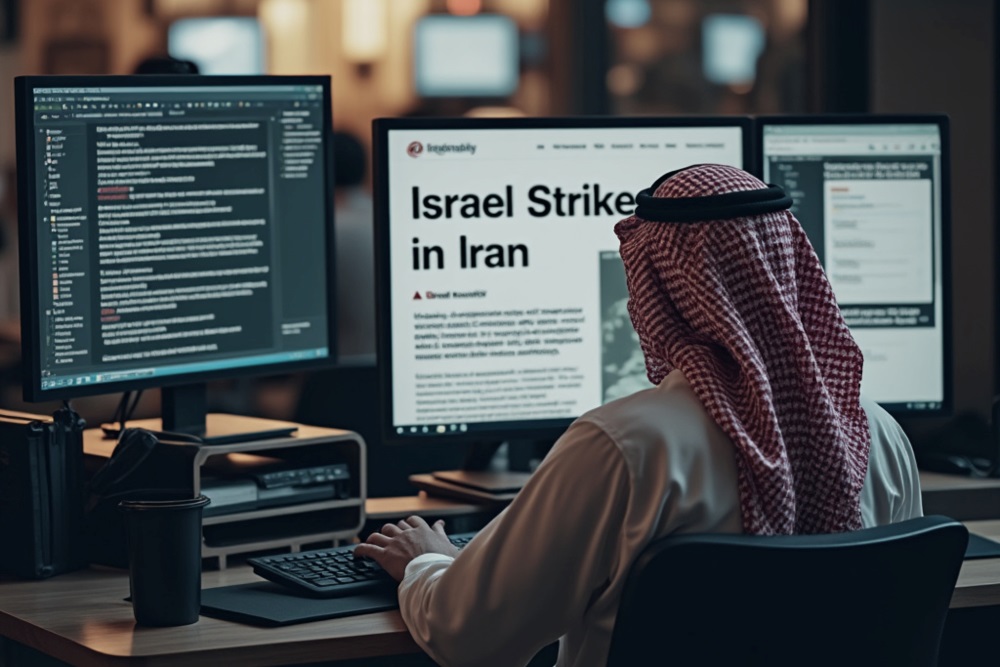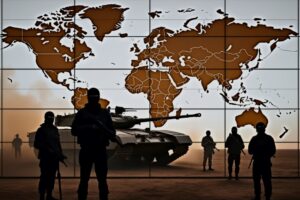
Israel’s recent strike in Iran was viewed by many as underwhelming. Yet this was largely an issue of reduced visibility.
Bombing around 20 high-value targets in multiple locations inside Iran is not a minor operation. However, the attack’s deliberately low profile contributed to its portrayal as a small-scale assault.
Notably, this impression was expressed by some supporters of Israel, and eagerly promoted by pro-Iran voices who combined it with disinformation.
Unlike Iran’s missile barrages or IDF strikes in Beirut, widely covered in live broadcasts and filling social media feeds with dramatic footage, the Iran strike remained largely out of public view. There were no images of massive explosions, no fighter jets roaring overhead, and no secondary blasts lighting up the sky.
Israel chose to bomb remote or isolated targets, minimizing visual impact. In parallel, the Iranian regime reportedly warned local residents not to post videos online, further limiting exposure.
Adding to the reduced visibility, Israel so far refrained from sharing footage of the attacks. This move aimed to minimize Iran’s embarrassment, reducing the pressure on Tehran to respond forcefully. Avoiding a broader conflict at this time was a key goal for Israel. [More details on Israel’s 3 objectives in this report]
Israel’s calculations
Israel’s low-visibility approach involved tradeoffs and came with a price. In the Middle East there is value to loud messages and highly visible results. Hence, the impact of military action can depend not only on operational success but also on its visibility and resonance.
Israel’s leaders were no doubt aware of this, but ultimately decided to prioritize other considerations. And so, the IDF strike was designed to contain rather than escalate the conflict, while taking into account US election sensitivities.
This must have been a difficult decision, but under the circumstances probably the right one.
This calculated approach enabled Israel to knock out some strategic Iranian assets, namely key air defenses and missile production sites, while keeping a low profile in an effort to reduce current tensions.
However, this choice should not be mistaken for a permanent strategy. As the factors that influenced the latest attack are fluid, Israel’s future strikes may be very different in terms of target selection and visibility.


